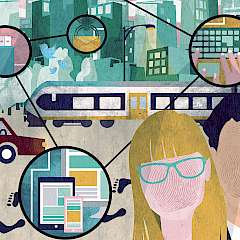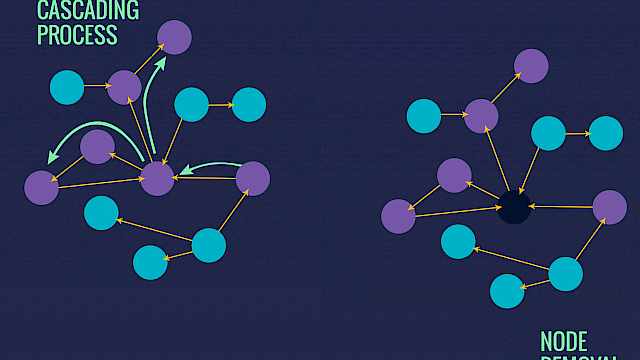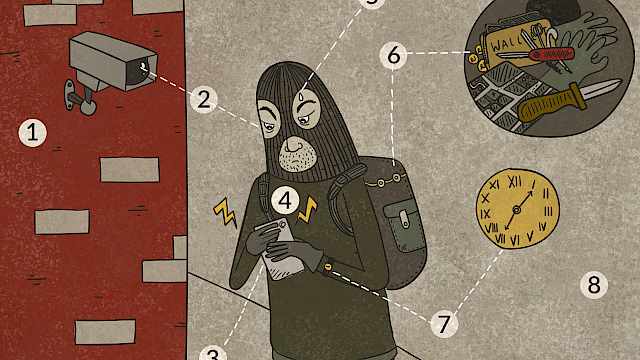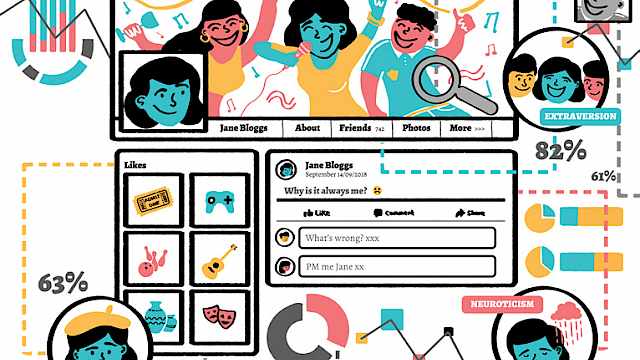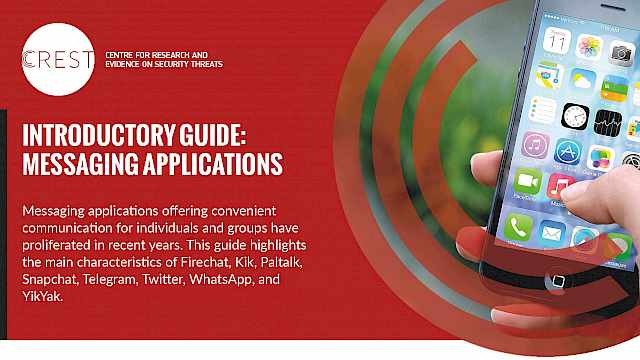Emergencies are unpredictable, rapidly changing events that require the coordinated efforts of professional responders with victims on the ground. In the last 18 months, such events have included the Nepal earthquake, Typhoon Soudelor in the Philippines, as well as several terrorist attacks.
Each disaster is unique, and attempts by professional responders to prepare are inevitably limited by our capacity to anticipate the scale, scope, location and people affected are often unanticipated. However, one aspect that can be anticipated is the importance of a ‘technological response’, where people turn to the internet for information and to provide support. Here are some of the main uses of technology in a disaster.
Crowdsourcing information to harness ‘collective intelligence’
Crowdsourcing applications such as Ushahidi can help to accurately depict circumstances by pooling people’s efforts. Ushahidi first came to light during the eruption of violence following the 2007 presidential elections in Kenya. Kenyans used Ushahidi to text reports of the violence from their mobile phones. The reports were added to an online map and within a matter of days, the crowdsourced efforts obtained through Ushahidi had obtained a more complete picture of the violent activity than any other organisation.
Creative repurposing of existing apps and social networks
During the 2010 Haiti earthquake, Dan Wooley was trapped under some rubble. By using a medical app on his smartphone, he successfully treated his injuries using his shirt and belt, aided by the phone’s torch. By setting his alarm to go off every 20 minutes, he was able to sustain his condition until he was rescued 60 hours later.
Other creative uses of existing technology are used by groups. During the Virginia Tech shootings in 2009, students quickly established the Facebook group ‘I’m Safe at VT’, where people reported their whereabouts. The accuracy of the information meant that they unintentionally determined the names of the deceased before they were officially released.
Compensating for the failure of traditional communication technologies
Whether through physical damage or a surge in use, one of the most common problems that arise during emergencies is that communications networks fail.
FireChat is an example of a smartphone application that can operate in the absence of a Wi-Fi or mobile phone connection. It operates via a Bluetooth mesh network, which means that as opposed to traditional messaging services, the more people use it, the better it works. One of the first widespread uses of FireChat was during the Hong Kong protests in 2013, where protestors used it to organise and mobilise activities.
Empowering remote support
Just as news of a disaster can rapidly spread throughout the world, those wanting to provide remote assistance can easily do so by sharing information online. Some organisations bring together volunteers to coordinate their activities online. For example, The Standby Task Force is a global network of volunteers who collaborate during disasters by completing numerous online activities including mapping, research, and a variety of Emergency Management tasks.
Future developments
Social scientists are studying these kinds of interactions in the relatively new field of Crisis Informatics, which is the study of the use of technology in disasters and emergencies. Some examples of future developments coming out of this research include:
- Identifying users through different patterns of activity – Users remote from a disaster tend to generate the majority of information about it. However, users local to the scene differ in the type of content they broadcast online. They often act as a source of information and they tend to share other locally created information. The ability to distinguish between local and remote users is useful when determining the trustworthiness and accuracy of information and when to prioritise aid and rescue.
- Using social media to understand socio-behavioural phenomena – Retrieving and analysing online behaviour provides insights on how groups share information and self-organise. Studying what types of online behaviour successfully improve response efforts has helped researchers develop computational tools to encourage beneficial behaviours in future crises.
- Establishing effective communication methods for emergency responders – Emergency responders face a number of challenges in using social media and other online tools. Any unclear or inaccurate information may have serious consequences if people take the wrong action as a result of such information. It is also still the case that command and control procedures lack policies for social media usage. By studying the ways emergency responders use social media, researchers seek to inform and improve future policies for emergency response.
A hindrance or a help?
While technology can help emergency response efforts, there can also be problems with using the vast amount of information available. For instance, it can be difficult to determine which information is correct or true. Rumour can easily spread, causing issues with trust, and decisions based on inaccurate or false information can have damaging consequences. In some cases, public access to information on social media can be used to incite violent behaviour.
The limitations and opportunities provided by technology vary according to both the particular situation faced and the new patterns of online behaviour as people discover new ways of collaborating and communicating.
Copyright Information
As part of CREST’s commitment to open access research, this text is available under a Creative Commons BY-NC-SA 4.0 licence. Please refer to our Copyright page for full details.

